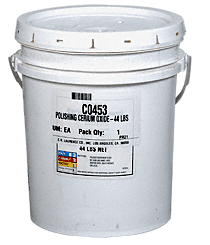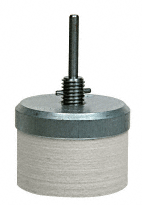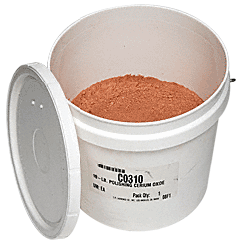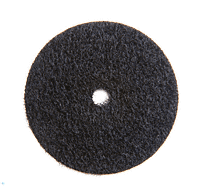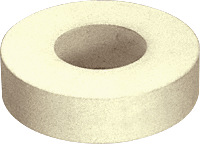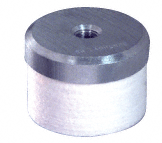Your Advantages
- Ideal for Recirculating Slurry Systems
- Easily Cleaned From Glass and Equipment
- Contains No Zinc
- Premium Cerium Oxide for Fast Stock Removal
- Exceptional Suspension Qualities
All glass polishing and surface restoration systems that demand the highest degree of clarity in the finished product use some form of Cerium Oxide in the final process. To reach that high degree of clarity requires the best product combined with the correct methods to reach the final goal. CRL Cerium ...
show more
Shipping Information:
- Can Ship UPS

